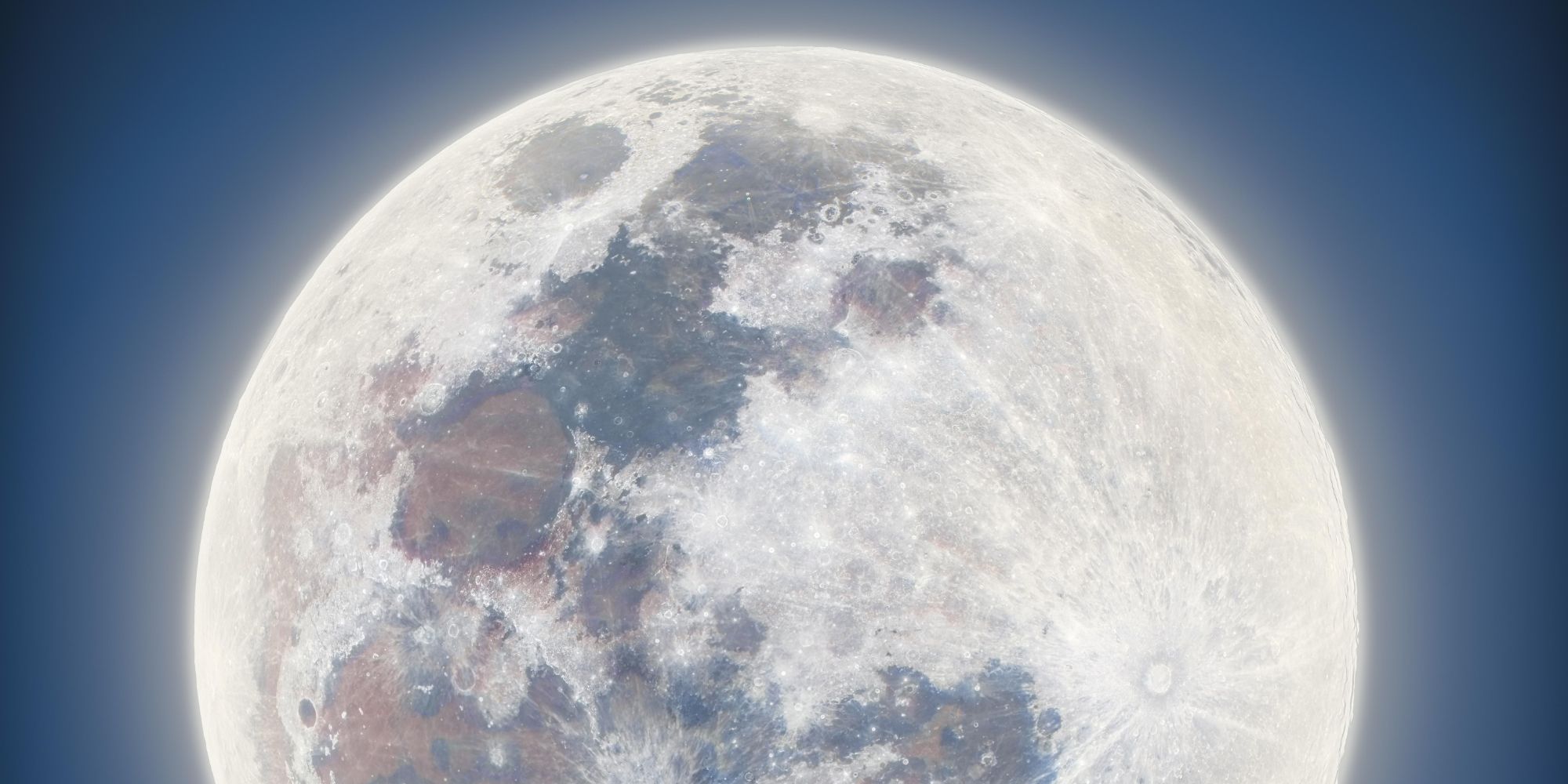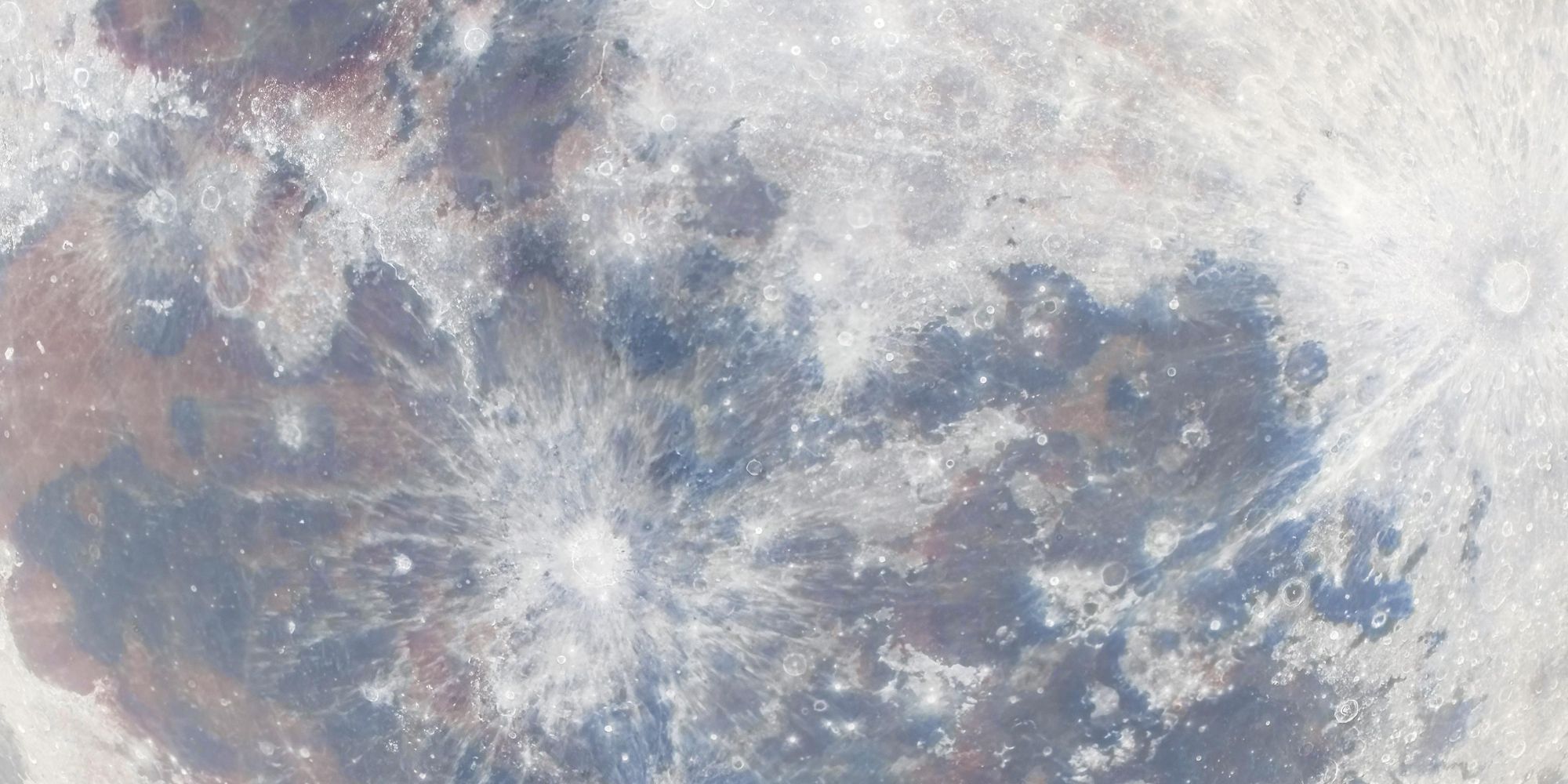The Moon is one of the most familiar sights in the night sky, and one photographer recently captured the space rock's full beauty in an incredible new photo. Although full space exploration requires professional telescopes, probes, and rovers, there are certain things we can all see from Earth with the naked eye. Whether it's the Moon, the Sun, occasional glimpses of Jupiter, or the numerous constellations, Earth offers an undeniable great view of some of the galaxy's wonders.
With just a little bit of extra work, some talented folks can turn these everyday sights into pieces of art — something photographer Andrew McCarthy has proven repeatedly this year. In November, McCarthy shared a jaw-dropping composite image of a lunar eclipse and the Moon's various stages throughout it. Earlier this month, McCarthy returned with a super-detailed picture of the Sun that still has us taken aback.
Looking to keep the space photos flowing right up until the end of the year, McCarthy is back yet again. On Sunday, December 19, he shared the above photo of the Moon. It was captured the Saturday before during the longest full moon of 2021. As you can clearly see, it's an extremely detailed view of Earth's lunar neighbor. The photo highlights the Moon's various craters, distinct white/gray color, and even some gorgeous blue and red hues that aren't visible to the naked eye.
How This Moon Photo Was Brought To Life
How does a picture like this come to be? In short, it's a lot more work than just pointing a camera at the sky and pressing the shutter button. As McCarthy explains in his Reddit post, this single photo is comprised of more than 100,000 images compiled together. The end result is a full-size photo that ended up being over 200MP large. McCarthy had to lower the quality a bit to upload it to Reddit, but even then, the detail in the picture is unbelievable. Zooming in clearly reveals small craters and intricate lines throughout the Moon's rough surface.
For this photo, McCarthy used a C11 telescope and an ASI178MM image sensor. McCarthy then used this duo to create a 40-panel mosaic — with each panel holding 2000 individual pictures stacked on top of each other. The colors in the photo were separately captured with an 8-inch SCT telescope and a DSI-IV color camera sensor.
Photos like this are always great reminders that there's more than meets with the eye with virtually everything in outer space. From Earth, the Moon looks like a pretty simple white ball with some large craters here and there. Up close, however, it's apparent that there's a lot more going on. This is true of the Moon, the Sun, Mars, Jupiter, and pretty much every celestial body.
Source: u/ajamesmccarthy


